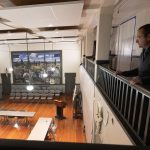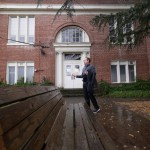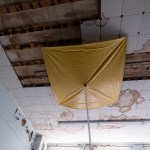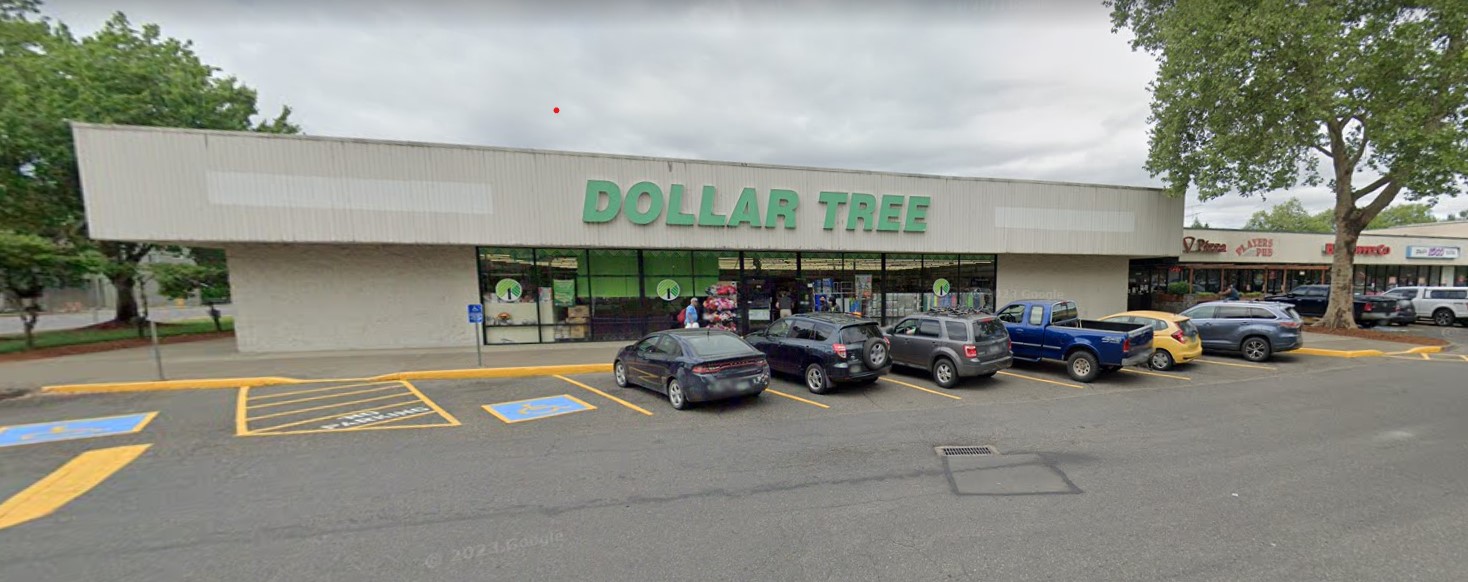Restoration or demolition? Community fights to save historic high school building in Banks
Published 4:00 pm Tuesday, November 19, 2024




Months after a historic home in Banks came crumbling down, the city is witnessing efforts to save another century-old building at risk for demolition.
As the Banks School District prepares to move forward with long-awaited upgrades to buildings still in use, community members are calling to restore the historic Banks High School building on Main Street.
It’s yet another dilemma of preservation versus development driving a wedge in the town, as residents argue for honoring history while district leaders cite financial constraints as a significant hurdle.
Construction of the school started in 1919 and was completed in 1920, establishing the first union high school in Washington County. The Georgian-style building captures a moment in time for the rural city — pictures of classes dating back 100 years adorn the walls, and the vintage architecture evokes nostalgia of an era far gone.
A building in ruins
While the building — the only two-story brick structure in the entire town —represents Banks’ history and offers a pleasing aesthetic, it also poses many structural and safety concerns, according to Banks School District Superintendent Brian Sica.
“A 100-year-old building comes with a significant amount of challenges. It is not seismically rated to allow for student access now, so we would have to bring it up to code … That would take some real creative and expensive construction to do,” Sica said.
Aside from its susceptibility to earthquake damage, the building is embedded with mold, experiences severe water leaks and has even seen incidents of staff members stepping through the second floor.
Conversations about the building’s future have spanned decades, but with the district finalizing plans for improvements this January, demolition could be on the table to make room for a new 43,000-square-foot high school building, including 20 classrooms and new parking areas to ease traffic congestion, according to Sica.
Restore the school?
Rather than razing the building, community members believe there is another way to keep the past intact while making it of use to the district: paying for its restoration.
Nina Shurts, a Banks resident of over 20 years and mother to five Banks School District graduates, recently took action to save the building. In a newsletter drawing attention to the issue, Shurts proposed renovating the dilapidated structure into an up-to-code “beautiful and useful landmark.”
“I just always loved that building. And just the other day, I was driving by, and I heard that it’s on the chopping block. And I seriously was just driving by, and I thought, ’If I don’t do something, when the wrecking ball comes, I will hate myself,’” Shurts said.
With the concession of slightly smaller classrooms than contemporary conventions, Shurts and other community members envision the ramshackle building becoming a space that serves both students and the community.
“We, as parents of kids who are in the school district, really feel like you’re trading smaller classrooms for a learning environment that’s really beautiful and historical, and so it’s not actually a loss to our kids,” Jodi Hailey, a mom of Banks students in favor of restoration, said. “And they could organize it so that some of the classes of smaller sizes might be in that building.”
Hailey and Shurts also see potential for the revamped space to house district offices, which the building was home to until October. Since a boiler ruptured last month, the building’s complete lack of heat relocated the superintendent and other staff to the elementary school temporarily.
Funding tensions
Despite community support, Sica said restoring the building would likely cost more than constructing a new facility due to the challenges of its historical nature and rising construction expenses — costs that exceed the district’s limited budget.
“So what keeps coming out is a number in the ballpark of $4 million — if everything goes great, maybe $4 million extra to utilize the existing district office as part of the new high school. We could get really lucky, and construction costs could go down, or we find the structure is in better shape once they tear into it,” Sica said. “Of course, the other side is possible. And we’ve had estimates even as high as $10 million, $12 million extra. But again, you don’t know which it is, and we’re continuing to look at it.”
Shurts expressed gratitude to the district for doing its due diligence in exploring restoration, but the Banks resident brought up disparities in option comparisons that she believes need to be addressed.
“Just to show the frustration, (the construction concept) also included 7,000 additional square feet compared to the first concept. So of course it’s going to be more expensive. What we’re asking is to make it more apples to apples so we can actually have an accurate number,” Shurts said.
She also pointed out that the district’s renovation concept assumed a complete gutting of the building without reusing original materials, which inflated costs.
Community members have suggested grants as a way to offset costs, but Sica said the district has yet to secure external funding.
“We applied for a $2.5 million grant specifically for the district office; the building did not qualify … You have to currently have students utilizing the building for it to qualify. In our building, you can’t put students in there,” Sica said. “We have applied for a Renew America School Grant to hopefully free up some money for this project, but that was not funded for us.”
In May, voters approved a $49 million bond (with a $6 million match grant) to address issues like leaky roofs, limited classroom space and HVAC malfunctions across district buildings. Those funds will go toward school infrastructure repairs, seismic upgrades and a new auxiliary gym, among other initiatives, and cannot be diverted to the restoration project, according to Sica.
“We need to finish what we promised on the ballot; we need to finish those projects with the money we have now,” Sica said.
But Shurts and others argue that restoration should take precedence to avoid losing an irreplaceable piece of Banks’ history.
“You can make additions later on — what you can’t do is bring that building back,” Shurts said.
An ongoing fight to preserve the past
The debate comes on the heels of the destruction of the 150-year-old Wilkes House in the city, a home built by the area’s first Euro-American settlers, which has ignited calls to preserve the unique, small-town charm of Banks.
“As Americans, at least in the west especially, we just knock stuff down. And you never really build a history,” Hailey said. “If you don’t save the 100-year-old buildings, you’re not going to have any 200-year-old buildings. It does link you to your past and creates that sense of historical identity.”
That sentiment has also been relevant for the town on the cusp of massive expansion, with Banks slated to see 140 new homes in the planned Westside Development, while 950 homes are proposed for the eastside. If both projects proceed, the town’s population could triple by 2040.
“Our town is going to change, and that means we need to hold onto our heritage,” Shurts said. “I love history, and I want the kids to have the best. I’m hoping we can get them a beautiful school that includes the old building beautifully restored, and that it can be our city’s landmark.”
The district plans to exhaust all options before the school board makes its ultimate decision when it approves a master plan in January.
As discussions move forward, community members are invited to learn more about the process and weigh in, with an opportunity to do so during an open community forum at 6 p.m. Tuesday, Dec. 3, in the Banks High School cafeteria.
“People are always allowed to email feedback and come to board meetings to present their information,” Sica said. “We’re doing the best we can to make the best decision for the students and the future of the district.”









